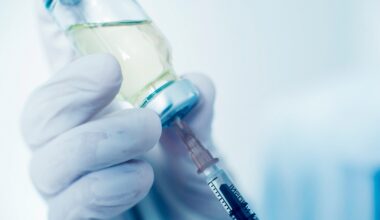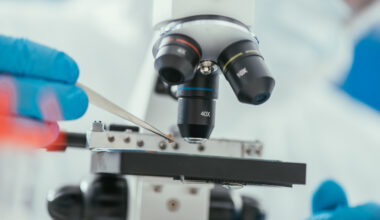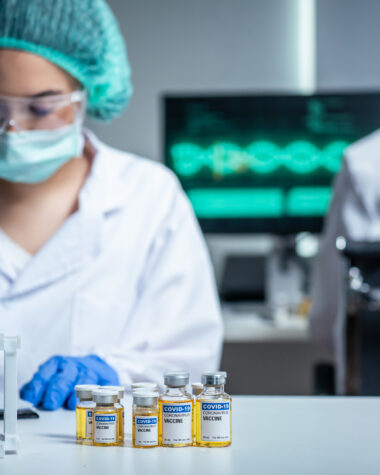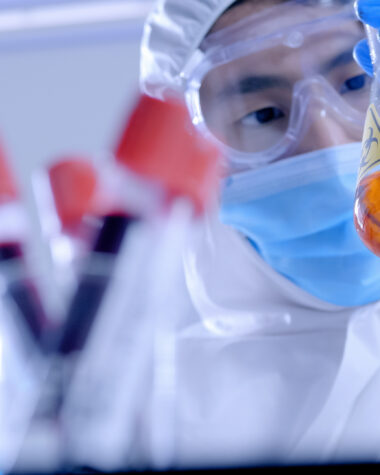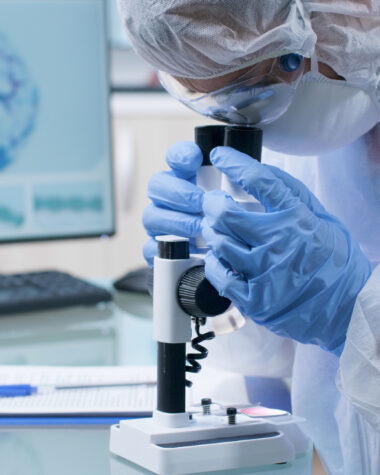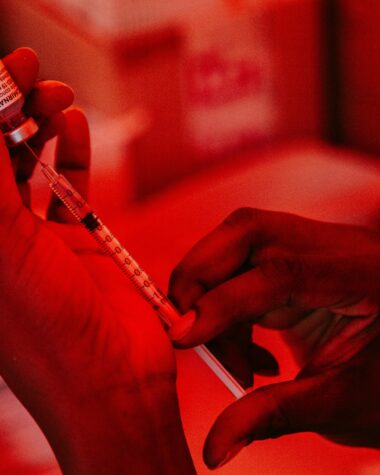Capricor Therapeutics (NASDAQ:CAPR) is a biotechnology company founded with a mission to develop transformative cell and exosome-based therapies targeting rare diseases and conditions with high unmet medical need. Established in the heart of biomedical innovation in California, the company built its scientific foundation on cardiosphere-derived cell technology originating from pioneering research conducted at Cedars-Sinai Medical Center. This work led to the development of its lead investigational therapy, deramiocel (also known as CAP-1002), initially focused on cardiac regeneration and later advanced toward treating Duchenne muscular dystrophy, a progressive and fatal genetic disorder affecting skeletal and heart muscle. From its inception, Capricor positioned itself at the forefront of regenerative medicine by pursuing biologically engineered cellular therapies with the potential to repair and protect muscle tissue damaged by disease progression, setting it apart from traditional pharmaceutical companies focused on symptomatic treatments.
Over time, Capricor evolved from a single-program clinical enterprise into a diversified platform company, expanding its expertise to include exosome-based therapeutics designed to deliver molecular payloads such as RNA, proteins, and gene-editing materials. This expansion marked a strategic shift from solely developing cell therapies to building a next-generation bio-delivery platform with applications across neuromuscular, inflammatory, and degenerative diseases. The company’s StealthX exosome platform is being developed in collaboration with major research institutions and is positioned to harness the natural capabilities of exosomes to enable targeted therapeutic delivery at the cellular level. This dual-platform approach gives Capricor a unique scientific advantage with both near-term commercialization prospects and long-term technological scalability.
Capricor’s research and development programs have been reinforced by multiple regulatory designations from the U.S. Food and Drug Administration, including Orphan Drug Designation and Rare Pediatric Disease Designation, underscoring the significance of its therapies for underserved patient populations. The company has also formed strategic partnerships with commercial entities such as Nippon Shinyaku to support the manufacturing, regulatory advancement, and commercialization of its lead therapeutic candidate in the United States and Japan. This collaboration reflects the confidence of established pharmaceutical leaders in the potential of Capricor’s technology and provides a pathway to commercial success upon regulatory approval.
Throughout its growth, Capricor has continued to integrate scientific rigor with clinical progress, generating long-term extension data that highlight the durability of its therapies and their impact on disease progression. With a focus on diseases that lead to severe morbidity and mortality, Capricor remains committed to advancing medical science through innovative biologics that aim not only to slow disease progression but potentially restore function and improve quality of life. As the company moves forward with late-stage clinical development and advances its exosome platform into new therapeutic areas, Capricor is positioned as a leader in the next wave of biotechnology innovation focused on cell-based regeneration and precision biologic delivery.
Deramiocel: The Most Advanced Cellular Therapy in Duchenne Cardiomyopathy
Capricor’s lead therapy, deramiocel (CAP-1002), is an allogeneic, cardiosphere-derived cell therapy targeting cardiomyopathy in Duchenne muscular dystrophy (DMD), one of the most fatal aspects of the disease that current gene therapies do not adequately address. Despite the FDA setback, the core clinical results supporting deramiocel remain unprecedented: four-year data from the HOPE-2 extension study confirmed preservation of left ventricular ejection fraction and reduced skeletal muscle function decline compared to historical controls. These durability metrics are critically important in rare disease approvals and remain a compelling foundation for regulatory reconsideration. Capricor is actively engaging with the FDA and moving forward with its HOPE-3 Phase 3 trial involving 104 patients, with topline results expected in 2025, positioning the company for a potential regulatory re-entry with a stronger data package.
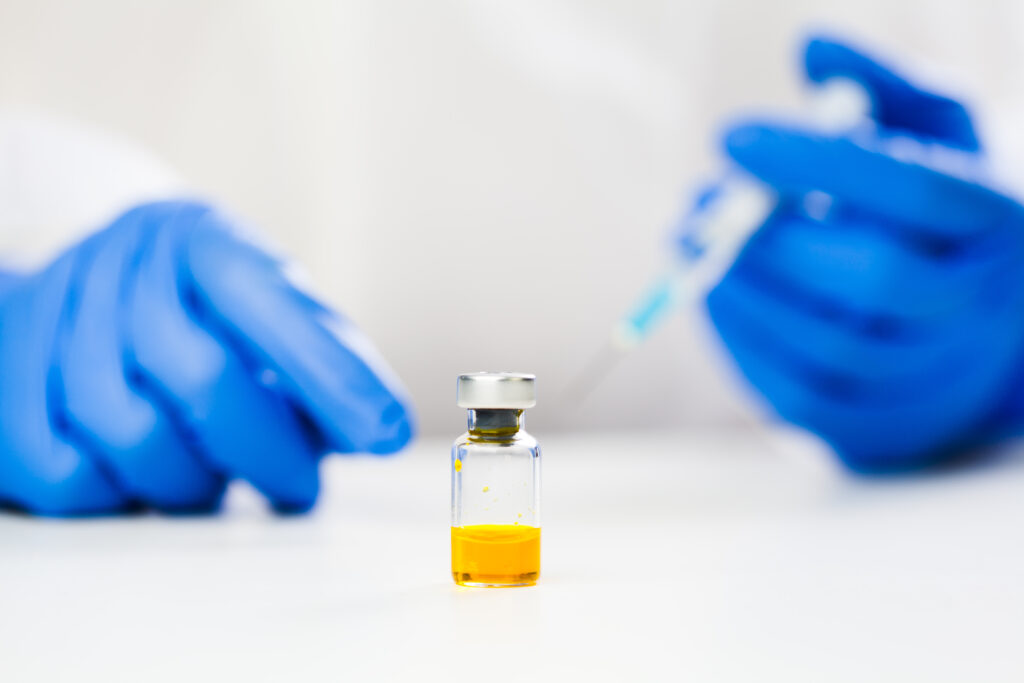
CHECK THIS OUT: Corcept (CORT) Skyrockets 1,534% in 10 Years and Immuneering (IMRX) Reports 86% 9-Month Survival in Pancreatic Cancer.
Market Overreaction Creates a Rare Value Disconnect
Today, Capricor trades at approximately $7.62 against an analyst consensus fair value target of $20.60, presenting what many consider one of the most asymmetric risk-reward opportunities in the biotech sector. While the market currently fixates on the FDA’s Complete Response Letter and the newly filed class action lawsuit, institutional models continue to price in multi-billion-dollar commercial potential if deramiocel secures approval in the United States and Japan under its exclusive commercialization agreement with Nippon Shinyaku. This partnership not only validates the therapeutic significance of deramiocel but also mitigates go-to-market risk by aligning Capricor with a leading pharmaceutical company possessing strong rare disease commercialization infrastructure.
Exosome Platform: Capricor’s Hidden Growth Engine
What many investors overlook is that Capricor is not a single-asset biotech. The company’s StealthX exosome-based pipeline targets one of the hottest frontiers in medicine: using exosomes as natural delivery vehicles for RNA, proteins, and gene editing tools. This next-generation platform, which is already in clinical development, has the potential to unlock multiple future indications across cardiology, immunology, and oncology. Unlike synthetic nanoparticles, exosomes are biologically native, which may significantly improve safety, tissue targeting, and cellular uptake. This platform has attracted interest from strategic partners and could become a major revenue driver, independent of deramiocel’s regulatory timelines.
Strong Revenue Trajectory Despite Setbacks
Even with regulatory setbacks, Capricor has demonstrated meaningful revenue growth, proving that it is not simply dependent on future approval. The company generated strong annual revenue increases in the past year, driven by expanded access programs, research partnerships, and milestone payments. This commercial resilience positions Capricor to sustain operations while advancing its pivotal programs, giving it time to unlock high-value catalysts without immediate dilution risk.
A Tale of Two Valuations: What the Market Is Missing
From a traditional price-to-sales standpoint, Capricor appears richly valued at 26x, well above the biotech sector average of 10.5x. Skeptics argue this premium suggests downside risk. However, this metric fails to capture the nature of early-stage biotechnology valuations where near-term revenue is negligible, and value is derived from future therapeutic potential. Capricor’s fair market value is rooted in its multi-billion-dollar opportunity in rare disease cardiology and platform-based therapeutics. The company also holds multiple FDA designations including Orphan Drug, RMAT, and Rare Pediatric Disease status—all of which significantly increase the probability of accelerated approval and priority review vouchers that themselves can be monetized for $90–$100 million upon issuance.
Institutional Sentiment and High-Conviction Buying Signals
Despite headline volatility, institutional filings show that several funds maintain long-term conviction in the company’s scientific thesis. Historical accumulation patterns during post-CRL periods often precede major price re-ratings in biotechnology stocks when catalysts re-emerge. With HOPE-3 trial data on the horizon and exosome platforms advancing, Capricor stands at the early stages of what could become a long-term uptrend once volatility subsides.
A Reset, Not a Rejection: Why the FDA Decision May Be a Temporary Hurdle
The FDA denial did not dispute the underlying safety of deramiocel; rather, it cited insufficient evidence of effectiveness and CMC (manufacturing) concerns. These are fixable issues. Capricor’s strategy to continue Phase 3 enrollment, address manufacturing requirements, and re-engage with regulators is not the sign of a failed product, but of a company moving through the normal iterative stages of advanced therapeutic approval. Many biotech success stories underwent similar setbacks before achieving regulatory breakthroughs.
Positioned for a Potential Upside Breakout
If HOPE-3 results achieve statistical significance, Capricor could rapidly resubmit for approval, triggering a revaluation of over 200% based on current analyst targets. Meanwhile, its exosome platform offers long-term pipeline diversification that could justify a significantly higher market capitalization as partnerships are formed and early clinical data emerge.
Conclusion: A High-Conviction Opportunity in a Misunderstood Biotech
Capricor Therapeutics is one of the rare biotech companies with both near-term catalysts and long-term platform potential. While the stock has been heavily sold due to regulatory and legal headlines, the underlying clinical data, strategic partnerships, and pipeline advancement continue to build value that is not reflected in today’s deeply discounted share price. For investors seeking asymmetric upside in the rare disease and cell therapy space, Capricor offers a compelling entry point at a time when fear—not fundamentals—is driving valuation.
READ ALSO: Tiziana (TLSA) Surges 143% in 2025 and Immuneering (IMRX) Reports 86% 9-Month Survival in Pancreatic Cancer.

